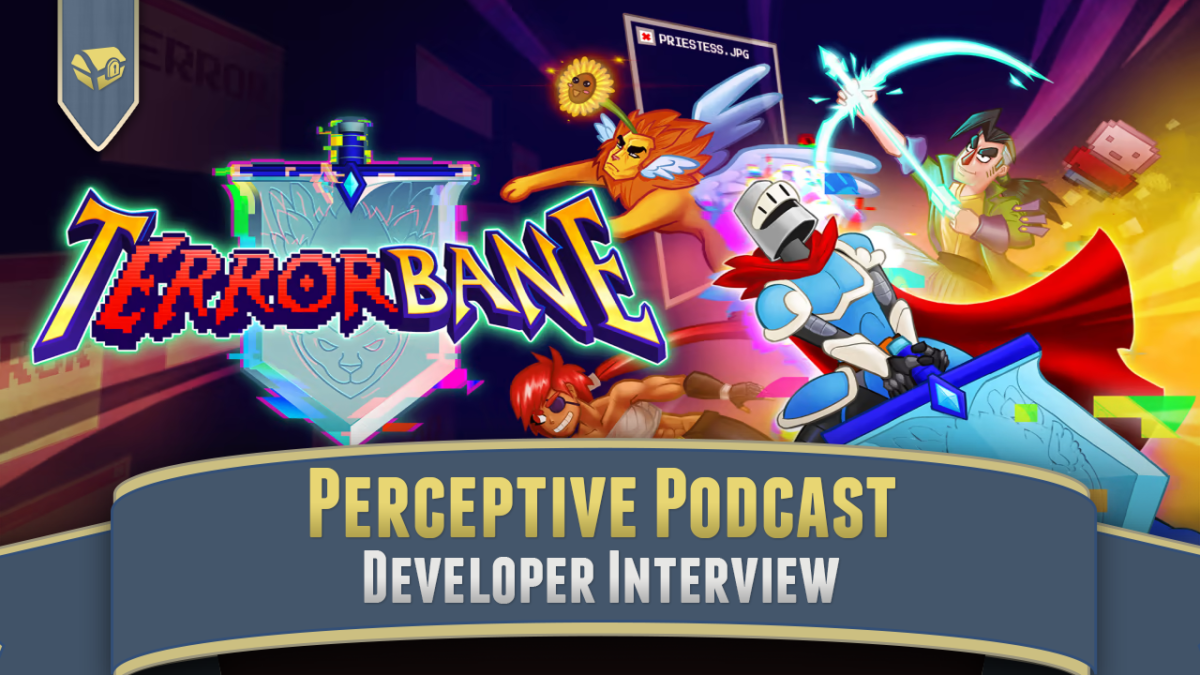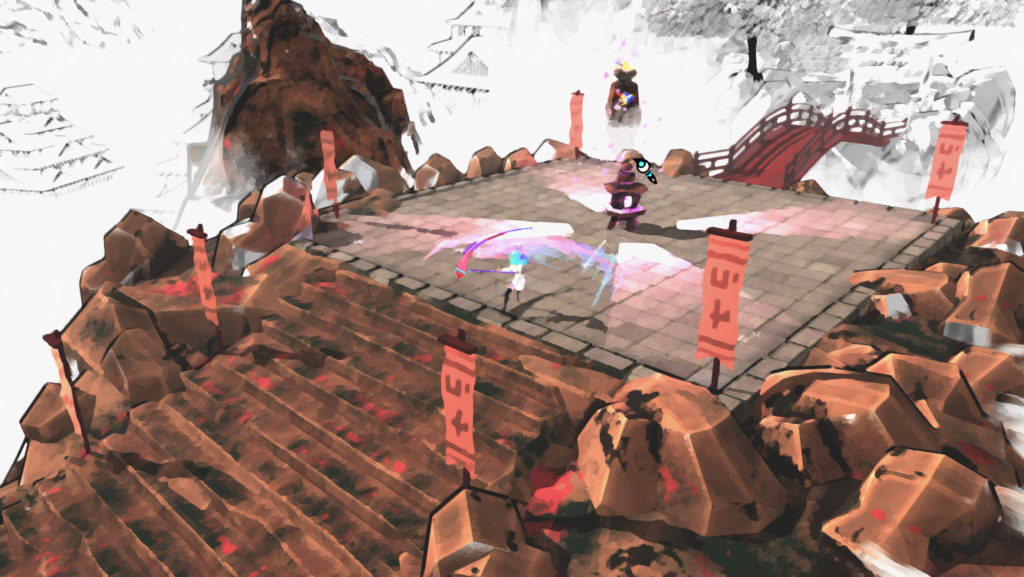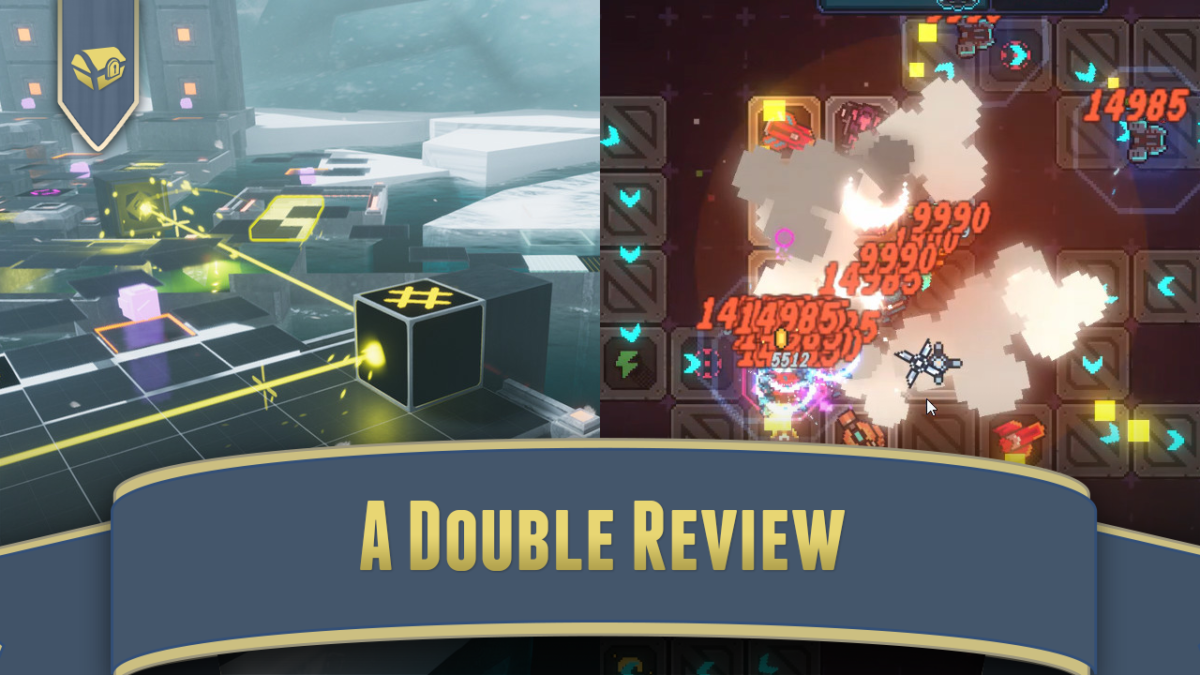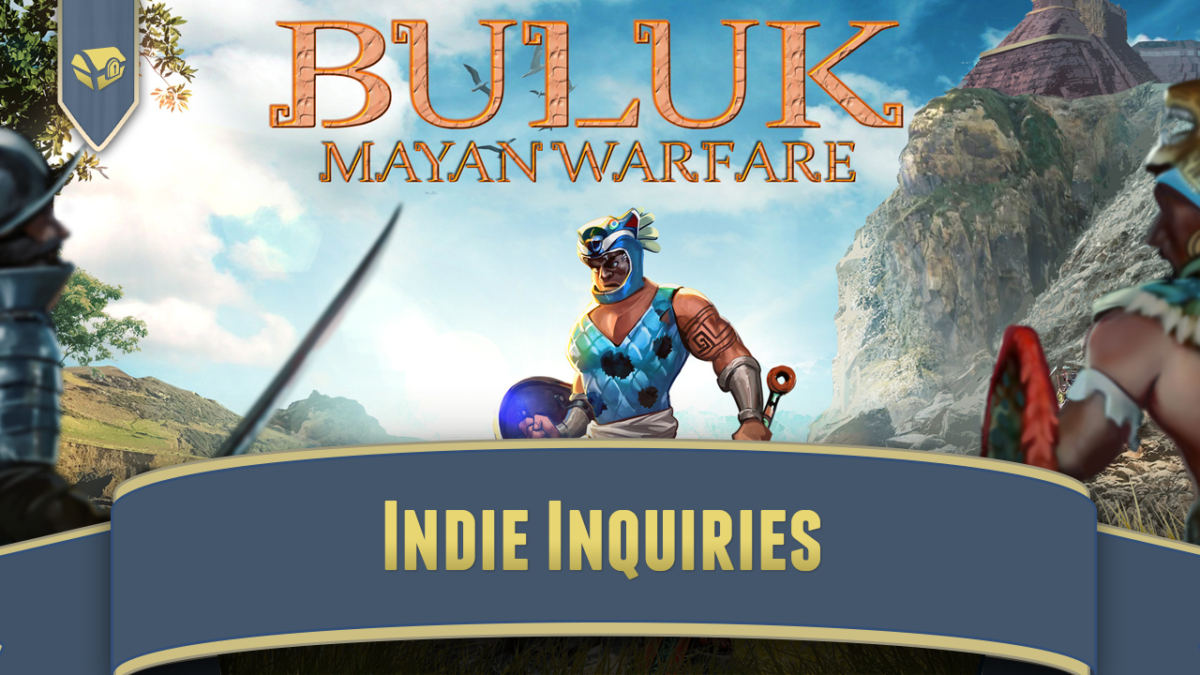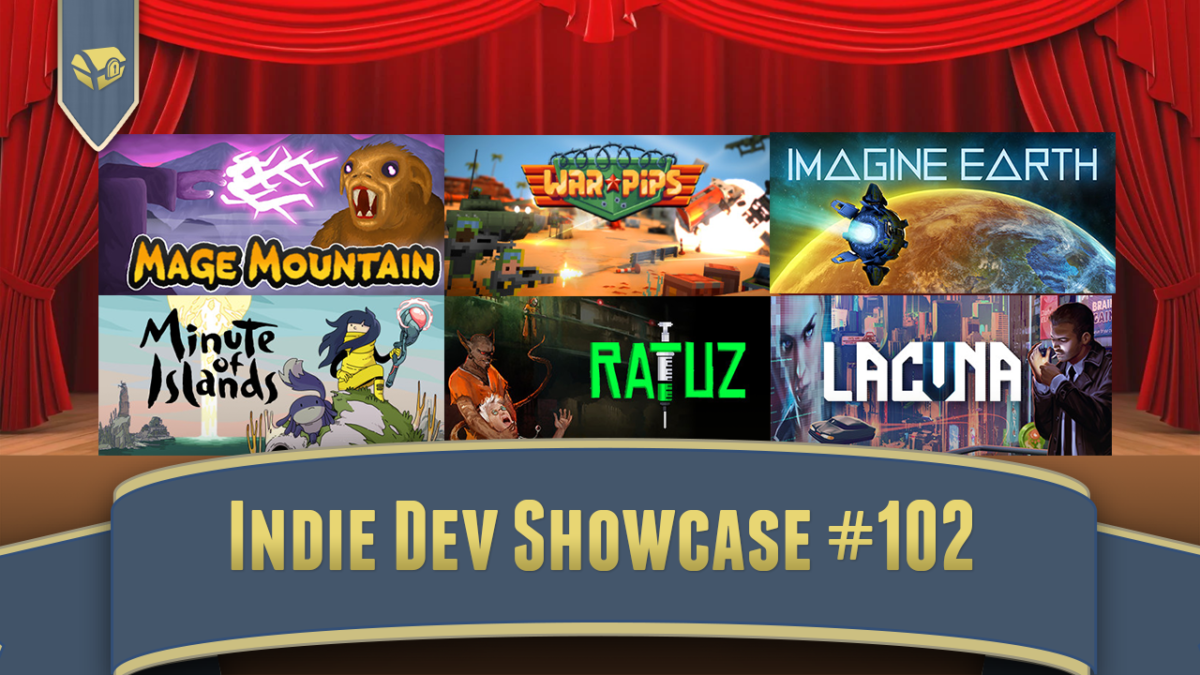Wang’s Revenge
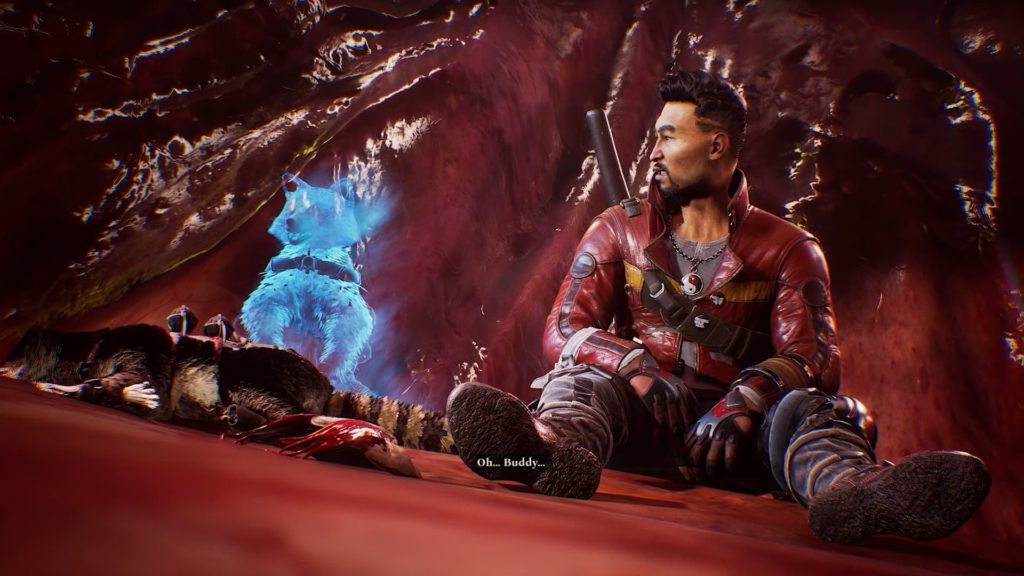
Shadow Warrior has come a long way since its original release in the 90’s, and then a reboot in the 2010’s. Violent, over-the-top, and crude, are some of the words you could describe the series. When studio Flying Wild Hog took over development, we saw games that attempted to mirror the FPS at the time. Shadow Warrior 2 felt like an extension of the looter shooter aspect of Borderlands and for me was an underrated hit. Now with Shadow Warrior 3 we have a great, albeit not that memorable third game in the trilogy.
Wang Chung
Our story finds the infamous loudmouth Lo Wang depressed after freeing a dragon at the end of the second game that has led to the apocalypse. Without any other option, he must team up with his nemesis Zilla to make one last play at saving the earth, and making as many references, “wang” jokes, and cursing as possible.
Right off the bat, there is good and bad news about Shadow Warrior 3. With this iteration, the developers clearly have been playing Doom Eternal and studied the idea of “push forward” combat. Wang is as agile as ever with the ability to dash, wall-run, and double jump around arenas. There is only one ammo type and whatever gun you are currently holding will get pickups. Shooting enemies will make them drop health, using your katana to kill them will make them drop ammo. You can also use your chi blast to send enemies into obstacles.
The idea of turning combat encounters into playgrounds of death has been made fully realized in Shadow Warrior 3. There are always explosive barrels ready to be shot at to cause area damage. Many areas feature environmental hazards like buzzsaws that can be turned on to deliver quick kills to even the strongest of enemies.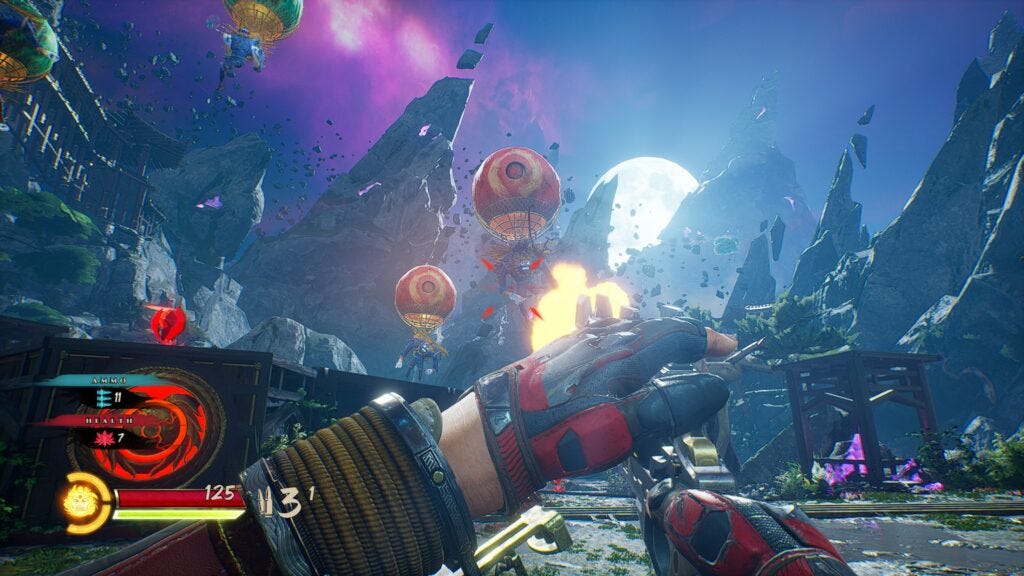
Like Doom, you can perform glory kills on enemies to instantly kill them, but there are two differences. Your ability to finish off enemies must be charged up by collecting orbs off other enemies, and there are three tiers of charge that correspond to the different enemy types. When you finish off a larger enemy, you get the same cutscene each time and get a limited-time exclusive weapon that you can use to turn the tide of combat. The gunplay in Shadow Warrior 3 is on point, with every weapon sounding meaty, delivering all manner of death, and can be upgraded using upgrade orbs found or unlocked by completing challenges.
This all sounds great and would put Shadow Warrior 3 on equal footing with some of the better FPS released in the last few years, however, there are a few things missing that could be a dealbreaker.
Sliced Away Systems
One of the major aspects that made Shadow Warrior 2 so different was the integration of looter-shooter aspects from games like Borderlands, and it turned the game into an almost FPS Action RPG. I found it compelling, not without some missteps in terms of itemization, but something I wanted to see the developers iterate on. Unfortunately, all those systems have been removed from Shadow Warrior 3 and the game feels more in line with the first game.
Gone are the variety of weapons, larger and more open areas, multiple upgrade routes, and quests. Instead, you’re going to get a linear 5–8-hour long game. Don’t get me wrong, the gunplay here is fantastic with a lot of entertaining arenas, but it comes at the removal of so many systems. If you didn’t like Shadow Warrior 2 for being filled with too many elements, then you’re going to enjoy this one.
One thing that is clearly different is the writing and may leave old and new fans a bit polarized.
#writing
One of the common criticisms of Shadow Warrior as a brand has been its depiction of Asian stereotypes and the low-brow humor, with of course the main character being named “Lo Wang.” For the third game, the developers are trying to square that circle by trying to keep the humor and remove the stereotypes. To wit, they have replaced the voice actor of the previous games with Mike Moh and the writing has been cleaned up of some of the lower hanging jokes from previous games.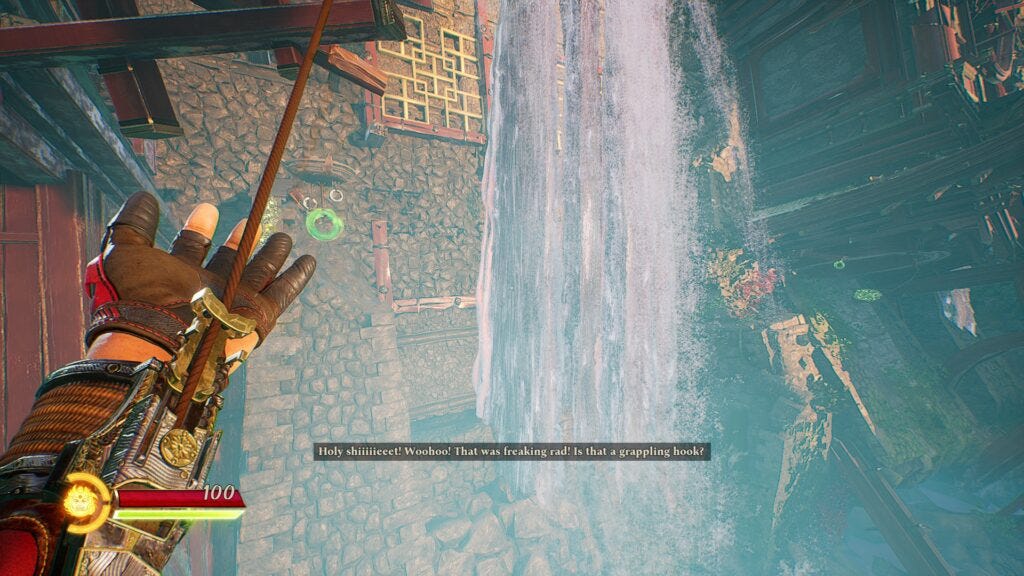
Mike does a good job, but the updated writing I feel fails him. Instead of finding new jokes, the game really leans into toilet humor and dated references a lot more than I remember from Shadow Warrior 2. The quips Lo makes during combat get recycled fast. The game does have its heartwarming moments, but if you are offended/annoyed by toilet humor, you’re not going to like this game. Part of the problem is that there are fewer characters for Lo to interact with this time around, so the idea of having a “Dante-like” protagonist is lost when most of Lo’s conversations are with himself.
Shadow Dancing
Shadow Warrior 3 is an FPS that works with great gunplay, but I feel that this is a game that doesn’t do enough to stand out from the crowd and may be largely forgotten by the end of the year. You’re not going to be playing this one for a sprawling multi-hour epic, but a bite-sized thrill ride of guns, gore, profanity, and slashing. While not as ambitious as 2, Shadow Warrior 3 is a great weekend game for those looking to get their Doom Eternal fix with a more vocal hero.
This was played with a press key provided by the developer.
If you enjoyed this story, consider joining the Game-Wisdom Discord channel. It’s open to everyone.

